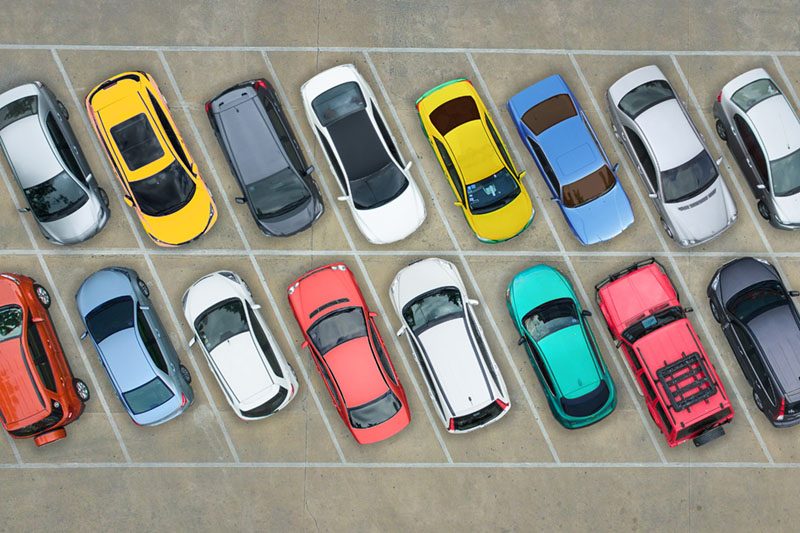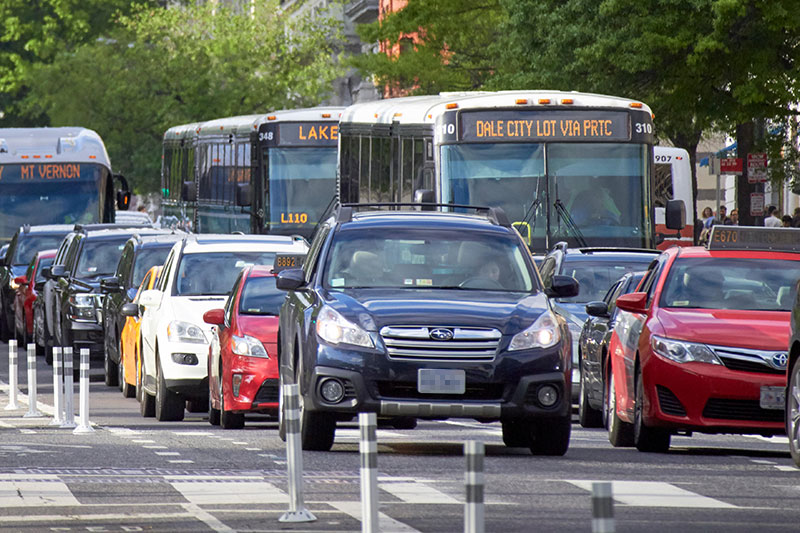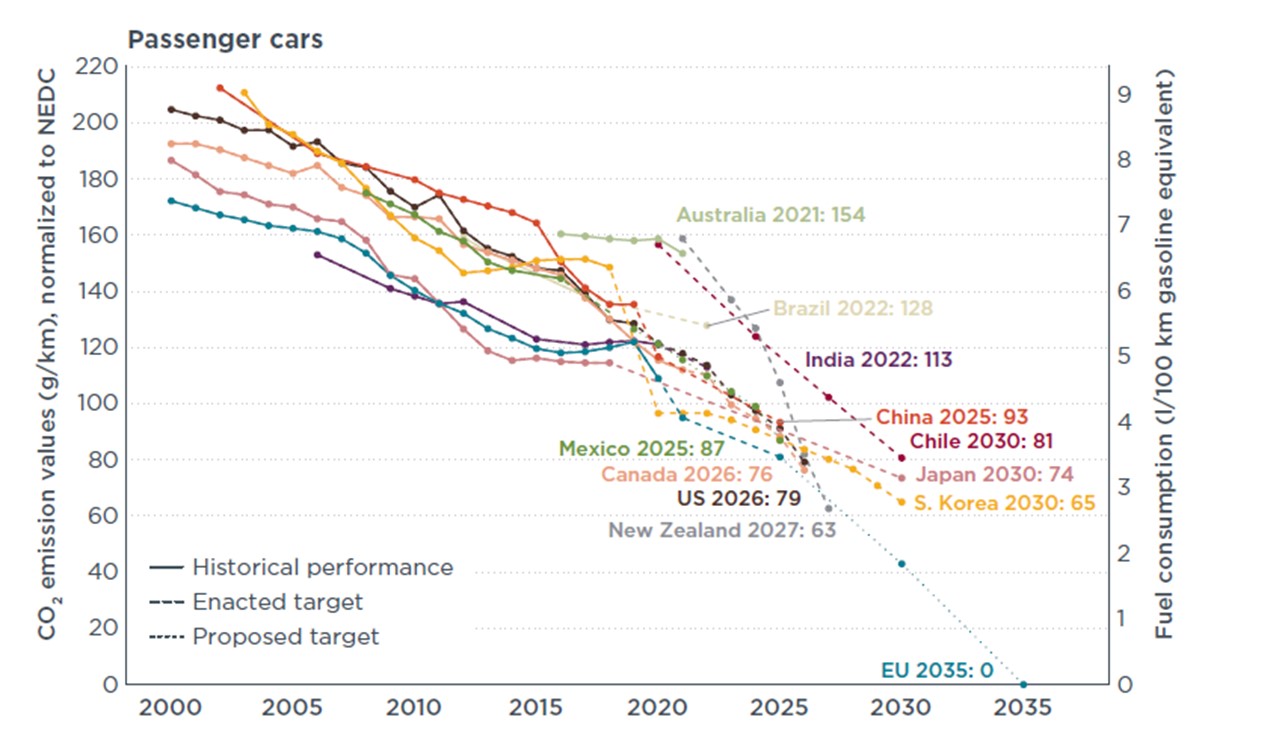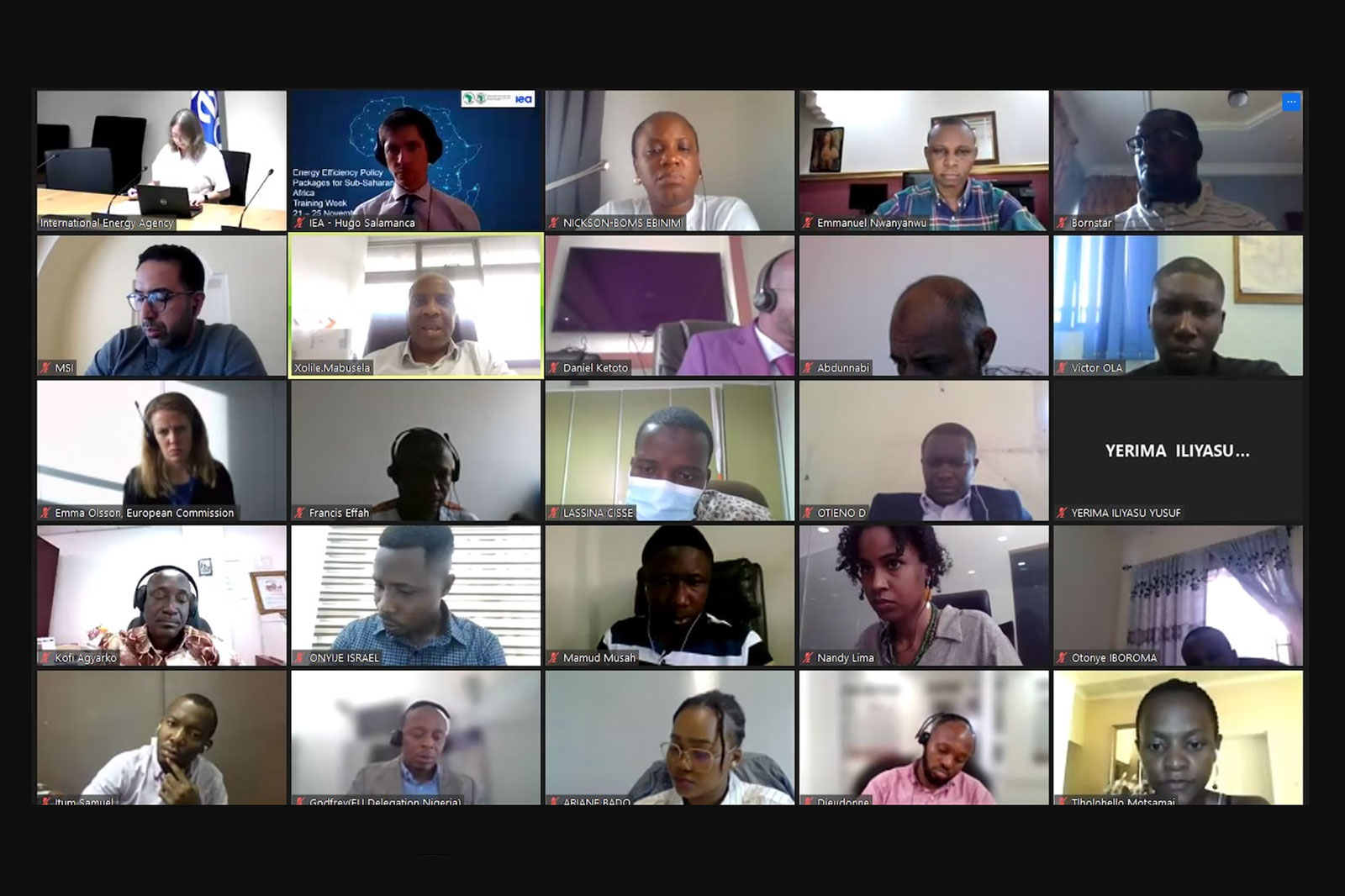Argentina develops fuel economy policies including new label
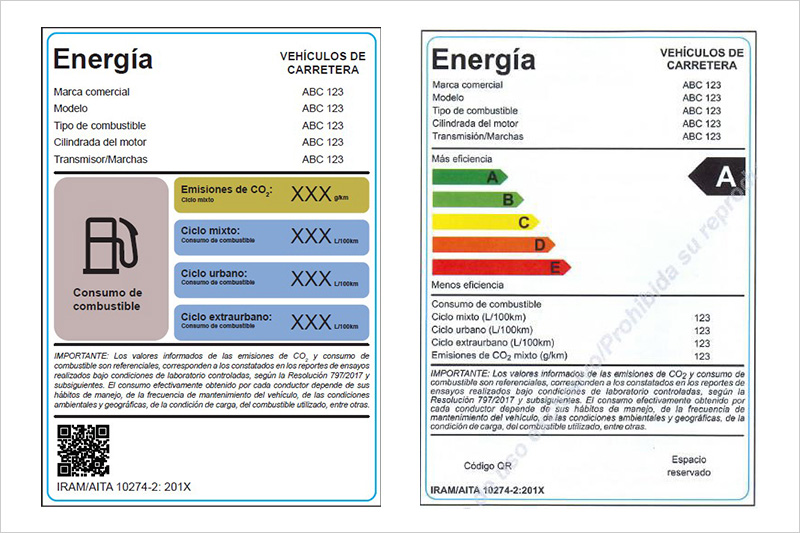
GFEI has been supporting Argentina since 2017 to help create an enabling environment that will lead to the development and implementation of national fuel economy policies. As an initial result of the project, Argentina adopted a resolution in 2017 on Energy Efficiency labelling for light-duty vehicles to be applied from 2019 (Resolution 797-E / 2017).
Argentina’s Secretary of Monitoring and Environmental Control, Ministry of Environment and Social Development, and UN Environment with the support of GFEI partners, including Centro Mario Molina Chile, have been working on the project, along with key stakeholders such as the National Association of Car Manufactures (ADEFA).
In 2018, the first fuel efficiency baseline study for light duty vehicles was developed, analysing all vehicles registered between 2006 and 2017. This was carried out thanks to information provided by the Vehicle Gaseous Emissions Control Laboratory of the Ministry of Environment and Sustainable Development. The results of this work support national efforts to harmonize fuel consumption and energy efficiency information for the transport sector, as well as developing a frame of reference to compare national vehicle technology with international markets. Initial estimates show that average fuel consumption of light duty vehicles in Argentina was 7.9 l / 100 km, which in turn represented an average annual improvement of just 1% between 2006 and 2017.
Argentina’s decree 32/2018 established new vehicle categories and a framework for type approval. The discussions with the government highlighted the need to explore complementary policies to promote more efficient vehicles, as recent trends suggest that the vehicles on the road are getting bigger and heavier.
In June 2019, a fuel economy label began to be enforced for 50% of all marketed models. A website (http://etiqueta-vehicular.gob.ar/) was launched together with the government of Argentina to support the vehicle labelling as well as awareness-raising materials. By December 2020 it will be displayed by 100% of marketed models. In 2021, the comparative vehicle label will be implemented, which will also show the efficiency category of the vehicle. By October 2021 it will be displayed by 100% of the models marketed.
The GFEI project will continue to support these efforts as well as develop proposals for fuel economy regulations, including cost-benefit estimations, which are critical for negotiations with vehicle manufacturers and importers.



